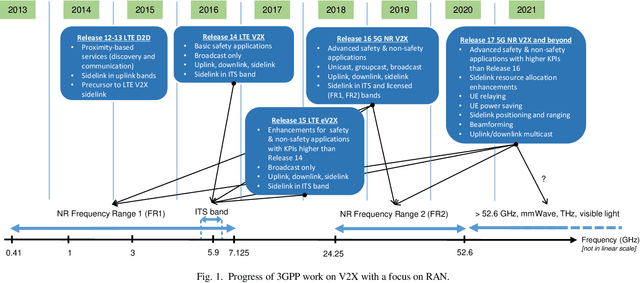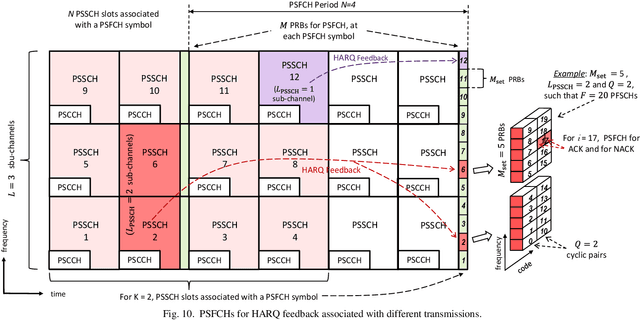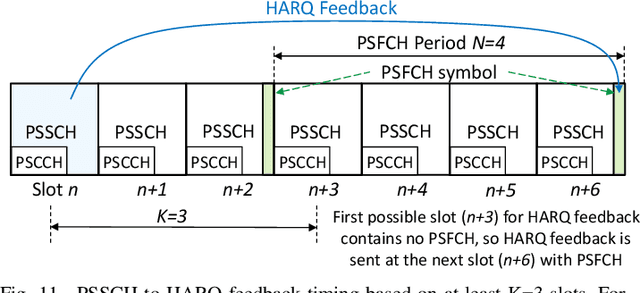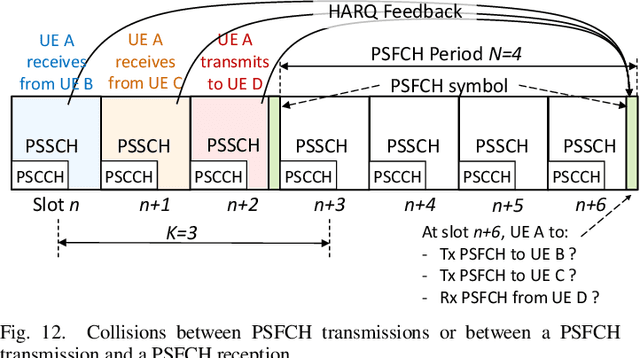Javier Gozalvez
Adaptive Beamwidth Configuration for Millimeter Wave V2X Scheduling
Dec 14, 2021



Abstract:Millimeter wave (mmWave) technologies will support the high bandwidth and data rate requirements of V2X services demanded by connected and automated vehicles (CAVs). MmWave V2X technologies will leverage directional antennas that challenge the management of the communications in dynamic scenarios including the identification of available links, beams alignment, and scheduling. Previous studies have shown that these challenges can be reduced when mmWave communications are supported by side information like the one transmitted in sub-6GHz V2X technologies. In this context, this paper proposes a beamwidth-aware mmWave scheduling scheme for V2V communications supported by sub-6GHz V2X technologies. The proposal enables mmWave transmitters to schedule a mmWave transmission to several neighboring vehicles at the same time by adapting the beamwidth configuration. In addition, the proposal derives the minimum beamwidth that mmWave transmitters should use to contact their neighboring vehicles in a limited number of scheduling intervals. The obtained results demonstrate that the proposal helps increasing the amount of mmWave data that can be transmitted to neighboring vehicles.
* 4 pages, 4 figures, 1 table
A Tutorial on 5G NR V2X Communications
Feb 08, 2021



Abstract:The Third Generation Partnership Project (3GPP) has recently published its Release 16 that includes the first Vehicle to-Everything (V2X) standard based on the 5G New Radio (NR) air interface. 5G NR V2X introduces advanced functionalities on top of the 5G NR air interface to support connected and automated driving use cases with stringent requirements. This paper presents an in-depth tutorial of the 3GPP Release 16 5G NR V2X standard for V2X communications, with a particular focus on the sidelink, since it is the most significant part of 5G NR V2X. The main part of the paper is an in-depth treatment of the key aspects of 5G NR V2X: the physical layer, the resource allocation, the quality of service management, the enhancements introduced to the Uu interface and the mobility management for V2N (Vehicle to Network) communications, as well as the co-existence mechanisms between 5G NR V2X and LTE V2X. We also review the use cases, the system architecture, and describe the evaluation methodology and simulation assumptions for 5G NR V2X. Finally, we provide an outlook on possible 5G NR V2X enhancements, including those identified within Release 17.
 Add to Chrome
Add to Chrome Add to Firefox
Add to Firefox Add to Edge
Add to Edge